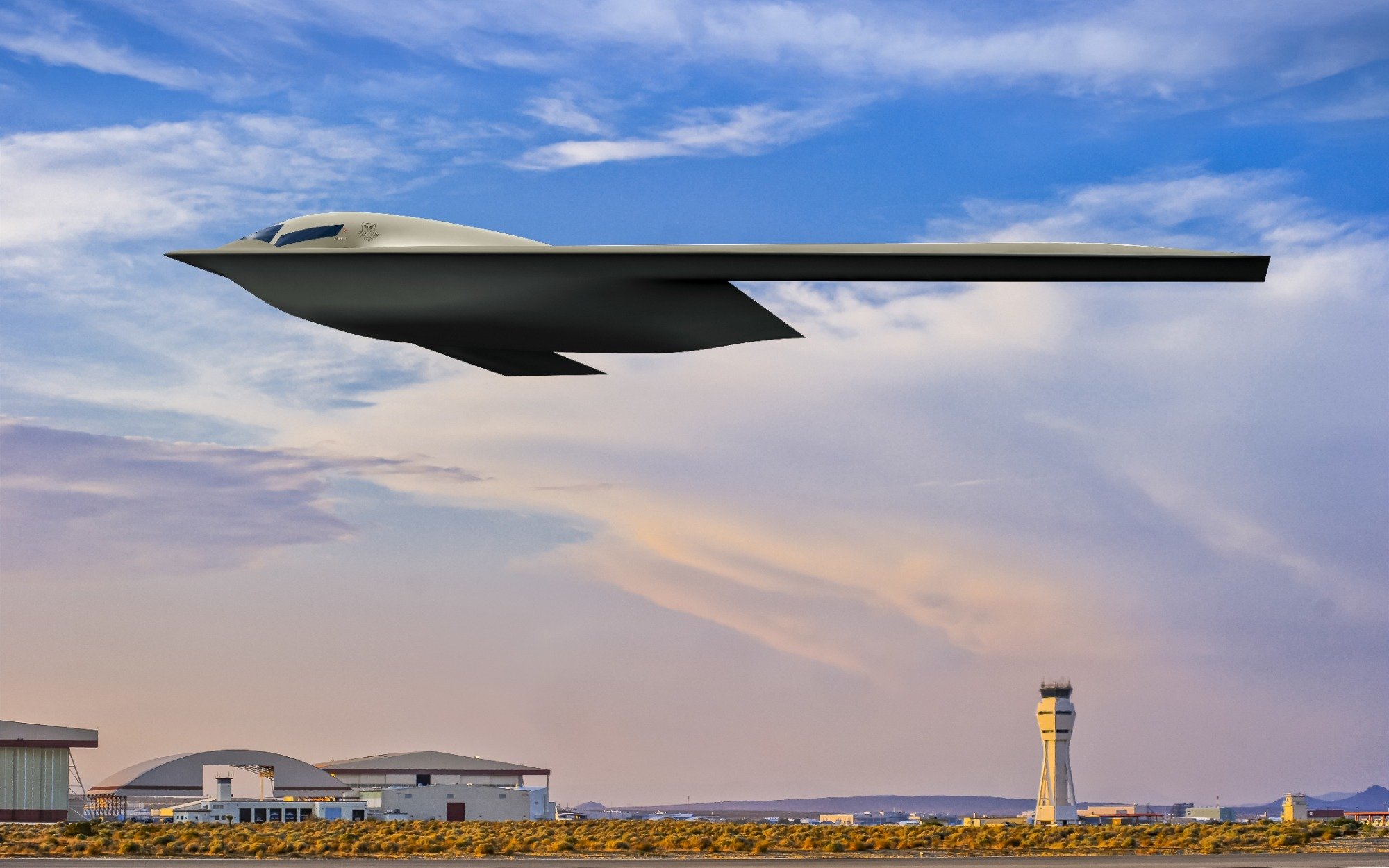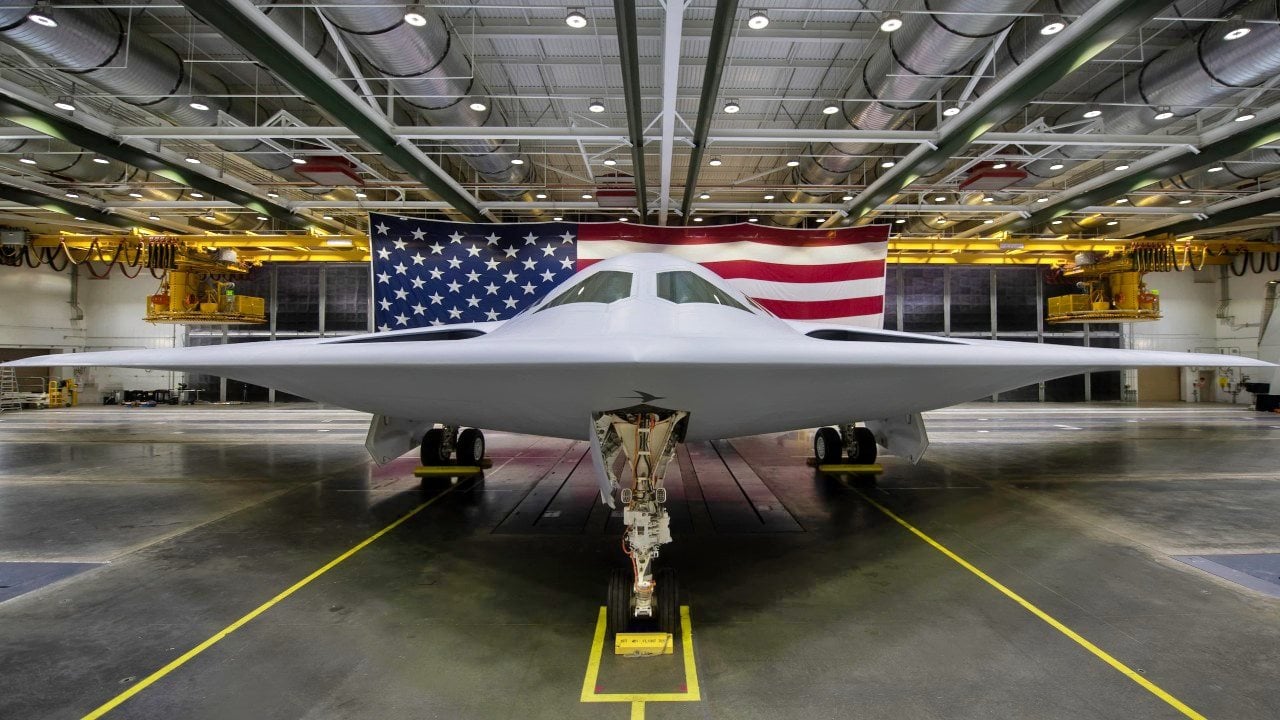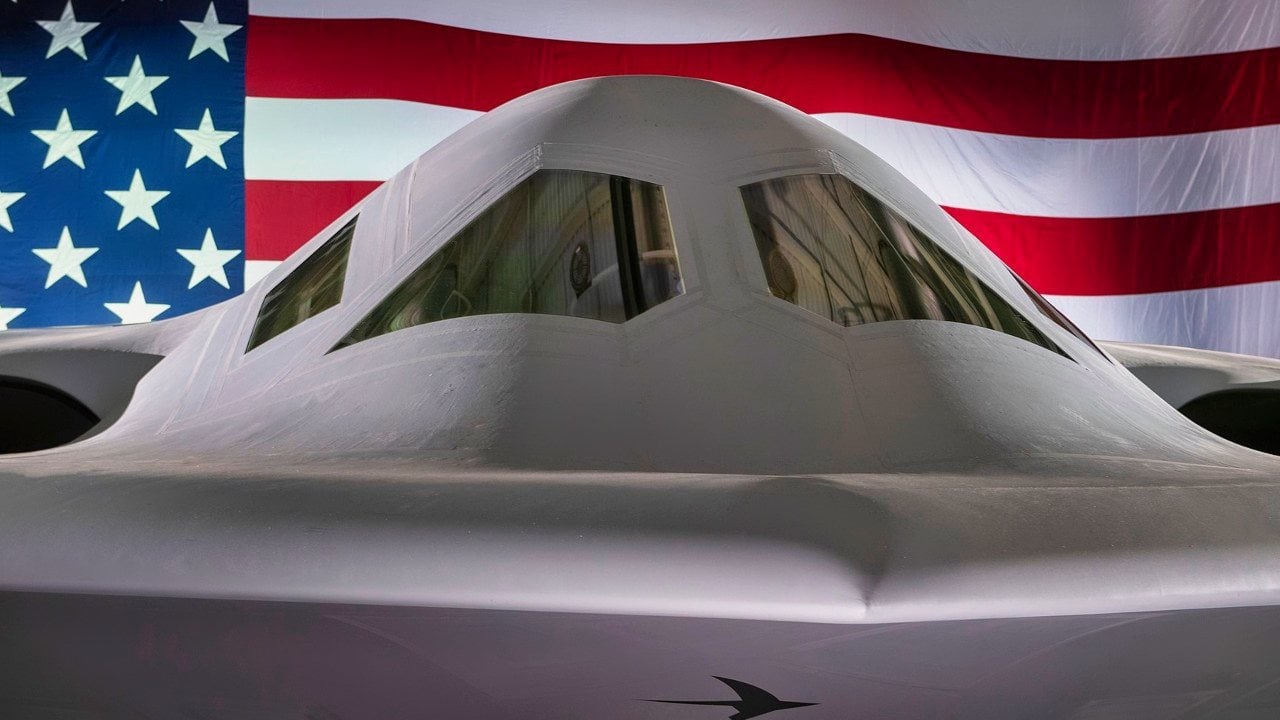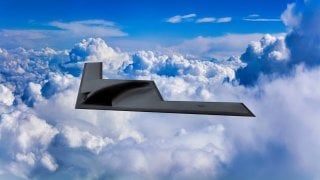B-21 Raider: The Air Force Bomber That Can't Fail
The B-21 Raider, a stealth bomber currently in low-rate initial production and undergoing flight testing, is exempt from a law requiring a waiver for purchasing untested weapons systems.
Summary and 5 Key Points: The B-21 Raider, a stealth bomber currently in low-rate initial production and undergoing flight testing, is exempt from a law requiring a waiver for purchasing untested weapons systems.

-This exemption raises concerns about the U.S. Air Force potentially rushing into purchasing an unvetted aircraft.
-Title 10, designed to limit the procurement of untested weapons, is bypassed due to the B-21's management as a highly sensitive classified program.
-Critics worry that, without proper testing, the Air Force might encounter significant design flaws, reminiscent of past procurement mistakes like the Navy's T-45 trainer.
-The success of the B-21 is crucial as it replaces the aging B-1 and B-2 bombers.
Air Force's B-21 Raider Faces Scrutiny Over Testing Exemptions
The B21-Raider, a stealth bomber in low-rate initial production and currently undergoing flight testing, is exempt from a law that requires a waiver for the purchase of certain quantities of untested weapons systems. That exemption raises worries that the U.S. Air Force might be rushing to purchase an unvetted aircraft.
Specifically, the B-21 “is exempt from a Title 10 requirement that a defense secretary seek a waiver for a low-rate initial production (LRIP) buy of more than 10 percent of total production for a Major Defense Acquisition Program (MDAP),” according to Defense Daily.
The exemption stems from the need to avoid a conflict of interests. The Air Force’s Rapid Capabilities Office manages the B-21 project, and the Office reports to the Air Force Secretary. Because Air Force Secretary Frank Kendall used to consult for B-21 designer Northrop Grumman, he is recused from all decisions relating to the B-21.
“The B-21 is managed as a highly sensitive classified program per 10 USC 2430, and is not a traditional Major Defense Acquisition Program,” the Department of Defense told Defense Daily.
Fly Before You Buy
Title 10 is meant to limit the purchase of weapons like the B-21 that are yet to be properly vetted. As Sen. David Pryor explained on the Senate floor in 1994, “Fly Before You Buy is not a new concept. It was first promoted in the wake of the Vietnam War after thousands of American soldiers lost their lives because of weapons that failed to perform as expected.” The senator continued, “operational testing is of little or no use if it is conducted after the weapon system has been purchased. We simply cannot afford to buy now and fix later. Time and time again, DoD has purchased weapons before operational testing has shown that they work.”

The Navy’s T-45 trainer is one example of a system that was purchased before being tested. The Navy purchased over one-third of their T-45 needs before Boeing performed operational testing on the jet. Of course, the original T-45 was no good. The thing needed new wings and a new engine, and the already purchased T-45s needed to be refitted. Obviously, the military, like any customer, prefers that product design flaws are discovered before an item is shipped and accepted.
Some observers worry the Air Force is making a similar procurement mistake with the B-21.
“The Air Force is violating best acquisition practice in the case of the B-21 program,” said a senior fellow at the Stimson Center in an email to Defense Daily. “The first test flights of the program have only just begun, so it is too early to be talking about production in any quantity.”

The fellow advocated for Northrop Grumman to build a few test aircraft, perform operational tests, and ship the B-21 to the Air Force only once the bomber performs as promised. “Buying aircraft in any significant quantity before testing is complete creates a huge amount of risk because the early aircraft will almost certainly include a large number of design flaws that will only be revealed through testing.”
Obviously, the Air Force has a lot riding on the B-21. Two of the service’s existing three bomber classes, the B-1 and the B-2, are being phased out to make room for the upcoming Raider. The B-21 needs to perform, otherwise the Air Force could find itself with a gap in bomber capabilities.
About the Author: Harrison Kass
Harrison Kass is a defense and national security writer with over 1,000 total pieces on issues involving global affairs. An attorney, pilot, guitarist, and minor pro hockey player, Harrison joined the US Air Force as a Pilot Trainee but was medically discharged. Harrison holds a BA from Lake Forest College, a JD from the University of Oregon, and an MA from New York University. Harrison listens to Dokken.


